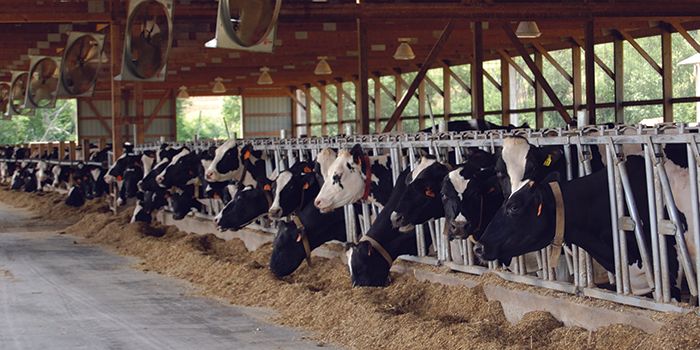Nevada Dairy Herd Diagnosed with New Bird Flu Strain
 The USDA Animal and Plant Health Inspection Service (APHIS) confirmed a new strain of bird flu in a Nevada dairy Herd. It differs from the variant that has spread through the herds in the past year.
The USDA Animal and Plant Health Inspection Service (APHIS) confirmed a new strain of bird flu in a Nevada dairy Herd. It differs from the variant that has spread through the herds in the past year.
The USDA’s National Milk Testing Strategy identified the virus. The agency said this helps validate the effectiveness of the Milk Testing Strategy. The discovery of the new strain indicates the virus has jumped from birds to cows at least twice since there are separate infection clusters. Further transmission from birds to dairy herds is possible.
Detecting the new bird flu strain does not change the USDA’s eradication strategy. Nevada Department of Agriculture (NDA) Director J.J. Goicoechea stressed the importance of keeping equipment clean, practicing good animal safety, and enhancing biosecurity measures. The virus may be spread through contaminated clothing and equipment shared between animals.
The USDA and NDA are conducting further on-farm investigations together to understand this detection and limit the spread of the disease. The original bird flu strain has infected more than 950 herds across 16 states. Scientists believe the virus first jumped from birds to cows in the Texas panhandle about a year ago.
To date, 67 Americans have been known to have contracted bird flu. The new strain of bird flu in dairy cattle is known as H5N1 clade 2.3.4.4b, genotype D1.1. This strain has already proven to be a potential danger to humans. At least two severe cases have been linked to the D1.1 mutation.
Read more about the new mutation of the bird flu detected in dairy cattle here.
